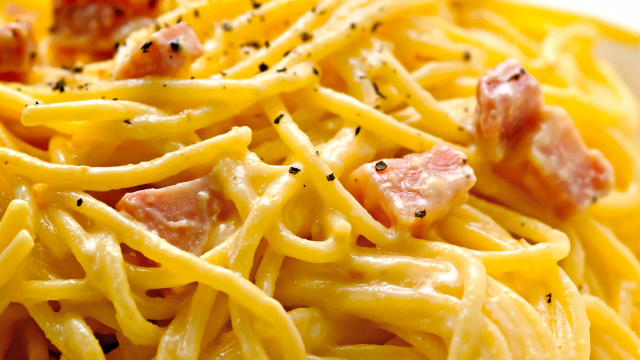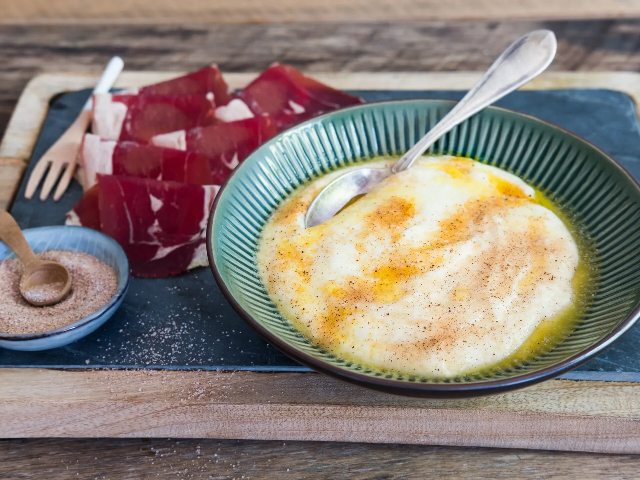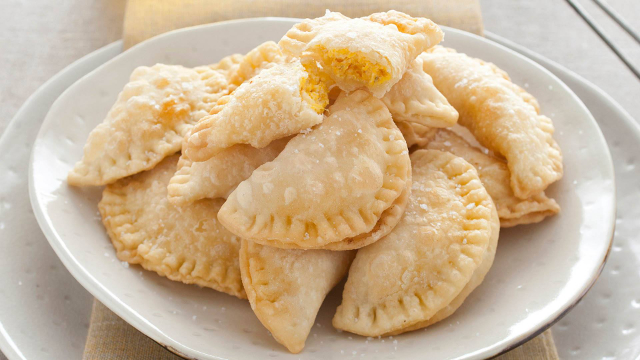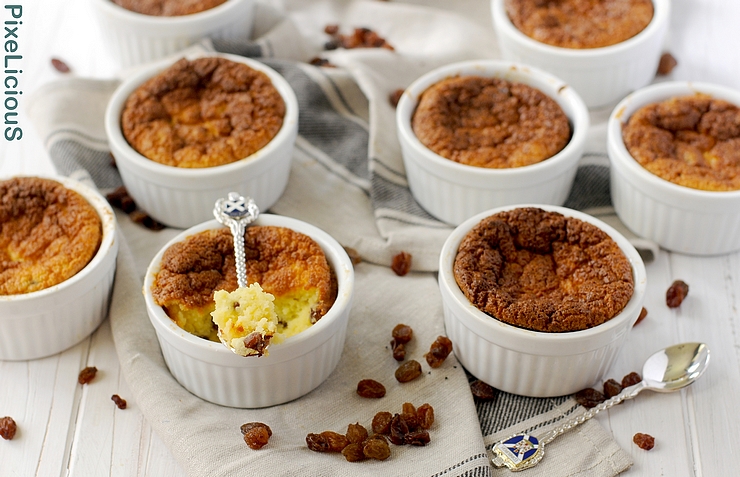The carbonara pasta is a legendary culinary delight, but its true origins are shrouded in a fascinating mystery. While many believe this dish has Roman roots, there is compelling evidence to suggest a Neapolitan invention.
Picture yourself in Naples, surrounded by friends, as you savor a freshly prepared plate of carbonara pasta. The creamy egg, pecorino romano cheese, and crispy pancetta combine in a burst of flavors that tantalize the palate.
Some experts argue that carbonara pasta was born in Naples, and there are historical records to support this claim. The preparation of a sauce similar, with the same ingredients and technique, is documented in the 1837 treatise “Cucina teorico-pratica” by the Neapolitan Ippolito Cavalcanti, a true treasure of Neapolitan cuisine.
The first written testimonies of carbonara can be found in the menus of some taverns in Naples starting from 1946, suggesting that this dish may have originated during the post-war period when Americans brought supplies of bacon and freeze-dried eggs. Some ingenious Neapolitan cooks must have experimented with these ingredients, giving birth to carbonara pasta as we know it today.
Furthermore, it’s important to note that there is no mention of a dish resembling carbonara in Ada Boni’s seminal work on Roman cuisine, dated back to 1930. Therefore, even if we were to disregard Cavalcanti’s treatise, one thing is certain: Romans certainly weren’t indulging in carbonara before 1930. These factors should give even the staunchest advocates of this dish’s Roman origins pause for thought.
Regardless of its exact origin, carbonara has conquered palates worldwide, thanks to its simplicity and irresistible taste. Whether it was born in Naples or Rome, one thing is certain: carbonara pasta is a true culinary masterpiece that has made both Neapolitans and Romans proud.
The Carbonara Recipe
Ingredients for 4 people:
- 4 egg yolks per person
- 1 whole egg
- 150g of seasoned pancetta or guanciale
- 100g of grated Pecorino Romano and/or Grana Padano or Parmigiano Reggiano cheese
- 400g of spaghetti or spaghettoni or bucatini
- 1 tablespoon of extra virgin olive oil
- freshly ground black pepper to taste
Instructions:
- Cut the pancetta or guanciale into small cubes or rectangular pieces and fry them in a non-stick pan with olive oil until crispy.
- While the pasta is cooking in abundant water, beat the eggs and add the grated cheese mixture, a pinch of salt, and a grind of black pepper.
- Once the pasta is drained, return it to the still-warm pot, but off the heat, and add the egg and cheese mixture, stirring everything together and adding a little cooking water if necessary. Then, add the crispy pancetta or guanciale, and serve piping hot. Optionally, sprinkle additional grated cheese and pepper on top.
The Secret
The egg should remain creamy and not cook completely. To achieve the perfect cooking for this preparation, the temperature should not exceed 65-70°C, at which point the egg begins to coagulate.













